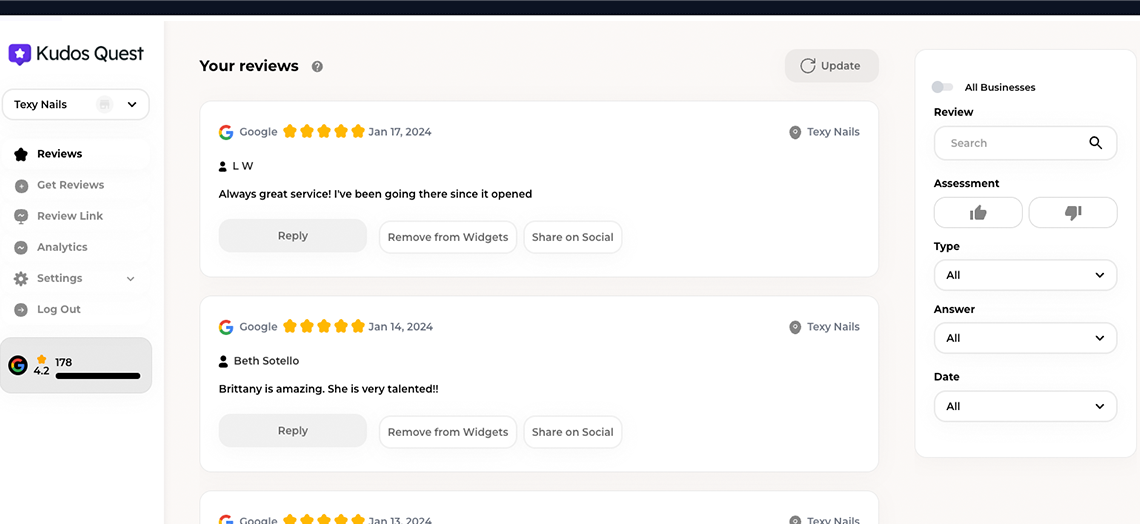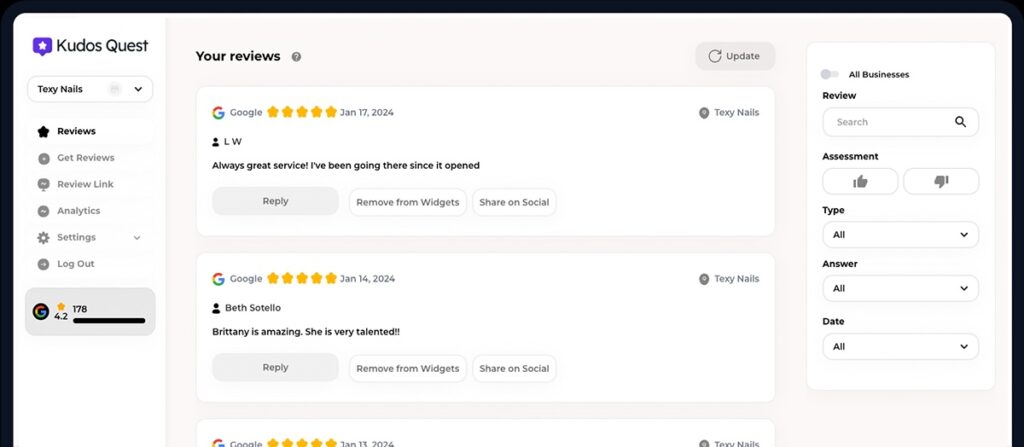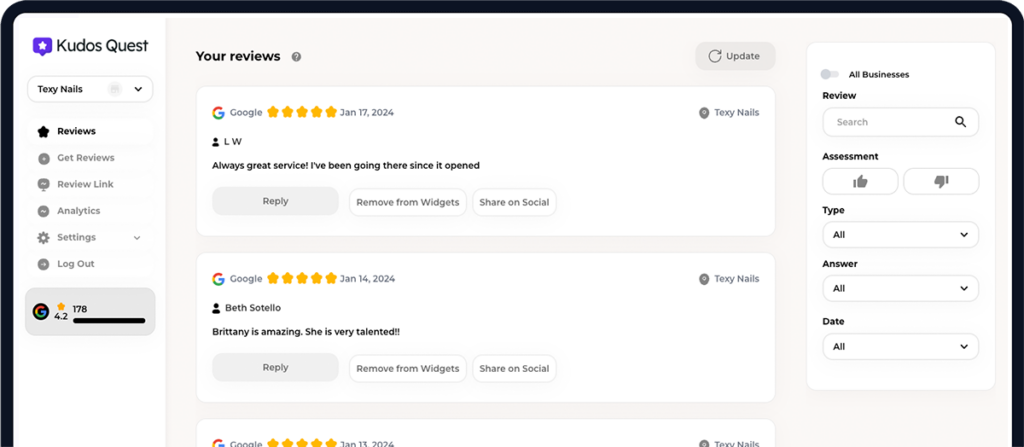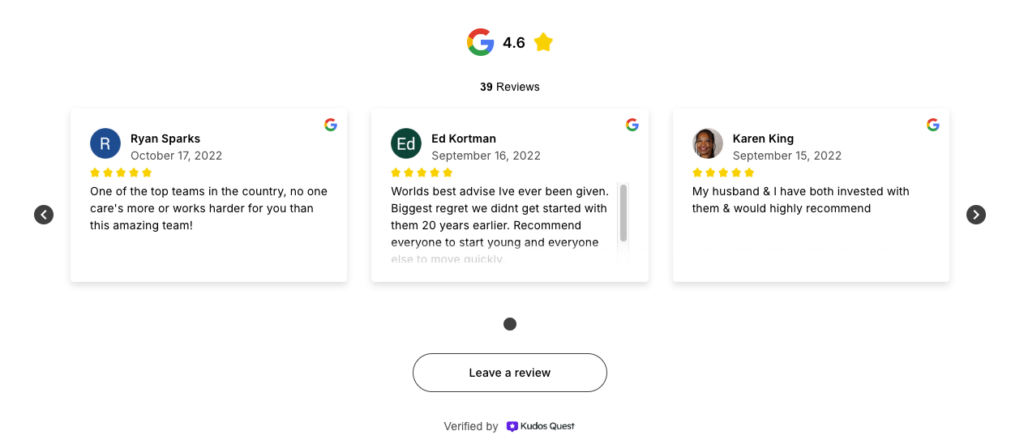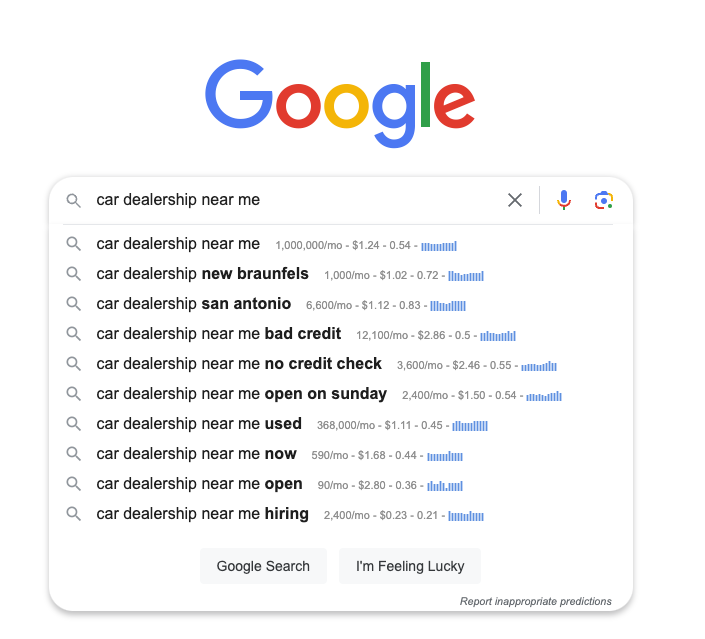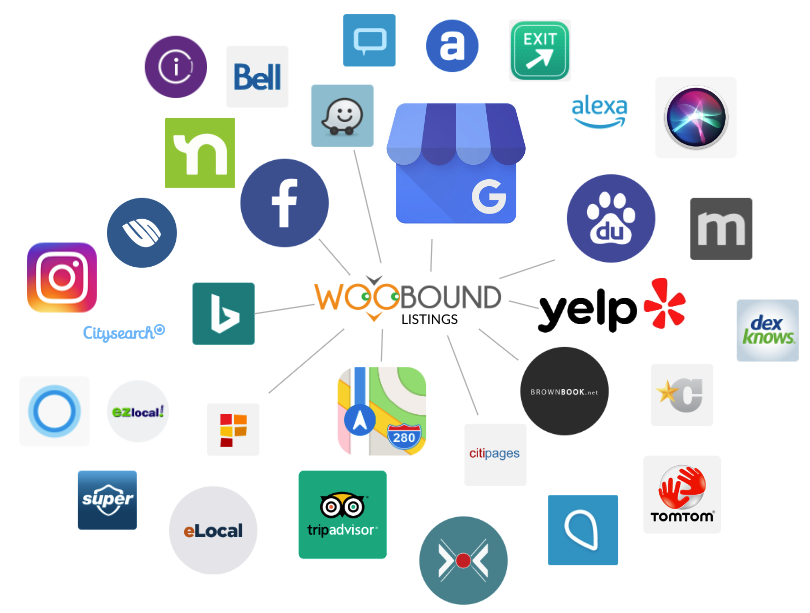Effective Strategies on How To Respond To A Bad Google Reviews

Understanding The Impact: The Power Of Negative Google Reviews
Online reviews hold immense power, shaping consumers’ perceptions and influencing their decisions. Among these platforms, Google Reviews stand out as a crucial source of information for potential customers. A single negative review can significantly impact a business’s reputation and bottom line. Understanding the true impact of negative Google reviews is crucial for businesses seeking to master the art of damage control.
Firstly, negative Google reviews have an immediate and visible effect on a business’s online presence. When potential customers search for a particular company or service, these reviews often appear prominently in search results. A poor overall rating or several scathing comments can deter potential customers from even considering the business further. Consequently, this can lead to reduced website traffic and ultimately lower conversion rates.
Negative Google reviews carry significant weight due to their influence on consumer trust and credibility. Research shows that consumers are more likely to trust online reviews as much as personal recommendations from friends or family members. A single negative review can cast doubt on a business’s professionalism, quality of products or services offered, and customer satisfaction levels. Another aspect to consider is the long-term impact of negative Google reviews on brand reputation.
One dissatisfied customer has the potential to reach thousands with their grievances about a business.
Assessing The Damage: Analyzing The Severity Of Bad Google Reviews

When it comes to managing your online reputation, one crucial step in responding to bad Google reviews is assessing the severity of the damage caused. Not all negative feedback carries the same weight, and understanding the impact each review has on your business is essential for crafting an effective response strategy. Firstly, consider the content and tone of the review. Some negative reviews may simply express dissatisfaction or disappointment, while others could contain serious allegations or damaging claims.
Identifying whether a review is a genuine customer complaint or potentially malicious can help prioritize your response efforts accordingly. Next, evaluate the visibility and reach of each negative review. Reviews with a high number of views and engagement can quickly tarnish your online reputation, especially if they appear prominently in search results or on popular platforms. Conversely, less visible reviews may require less immediate attention but should not be ignored entirely.
Take into account any patterns or recurring issues mentioned in multiple reviews. If several customers are highlighting similar concerns about your product quality, customer service, or other aspects of your business, it indicates an underlying problem that needs to be addressed promptly. Recognizing these patterns will allow you to focus on resolving systemic issues rather than solely addressing individual complaints. Consider also the overall rating and sentiment of your business based on these reviews.
The Art Of Damage Control: Strategies For Responding To Negative Reviews
A single negative review on Google can have a significant impact on a business’s image and potential customer base. However, it’s important to remember that negative reviews are not necessarily the end of the world. In fact, they can be an opportunity for businesses to showcase their excellent customer service and problem-solving skills.
When responding to negative reviews, it is crucial to remain calm and composed. Emotions can easily escalate a situation and potentially harm your reputation further. Take a step back and carefully analyze the content of the review before formulating a response. One effective strategy is acknowledging the customer’s concerns and expressing genuine empathy. Let them know that you understand their frustration or disappointment and assure them that you take their feedback seriously.
This shows your commitment to resolving any issues they may have faced. Next, propose a solution or offer assistance in rectifying the situation. Whether it be through providing additional information, offering a refund or exchange, or scheduling a follow-up conversation offline, demonstrating your willingness to make things right showcases your dedication to customer satisfaction. It is also essential to maintain professionalism throughout the entire interaction.
Avoid engaging in arguments or personal attacks with reviewers; instead, focus on finding common ground and resolving their concerns in a constructive manner. Lastly, always remember that responding promptly is crucial when it comes to damage control.
Crafting A Genuine Response: How To Maintain Professionalism And Empathy
When faced with a negative Google review, it is crucial to respond in a way that reflects professionalism and empathy. A well-crafted response can not only address the reviewer’s concerns but also demonstrate to potential customers that your business values their feedback and is committed to providing excellent customer service. Here are some effective strategies for crafting a genuine response:
- Acknowledge the issue: Begin by expressing gratitude for the reviewer’s feedback and acknowledging their concerns. This demonstrates that you are attentive to customer experiences and take their opinions seriously.
- Apologize sincerely: Offer a genuine apology for any inconvenience or dissatisfaction caused by their experience. This shows empathy and acknowledges the impact of their negative encounter.
- Provide context or explanation: If appropriate, explain any shortcomings highlighted in the review.
However, avoid making excuses or shifting blame; instead, focus on providing relevant information that helps clarify the situation without sounding defensive. - Offer a solution or reassurance: Propose actionable steps to address the issue raised in the review, whether it is offering a refund, scheduling a call to discuss further, or providing additional training for staff members involved. Assure them that you are committed to rectifying any problems identified.
- Take it offline: To maintain professionalism and privacy, encourage further discussion through private channels such as direct messaging or email.
Timing Is Everything: When And How Quickly To Respond To Bad Google Reviews
In the digital age, online reviews hold immense power in shaping a business’s reputation. Negative feedback on platforms like Google can quickly tarnish a brand’s image and discourage potential customers from engaging with it. To mitigate the impact of bad reviews, businesses must understand that timing is everything when it comes to responding effectively. Firstly, promptness is crucial in addressing negative feedback.
Customers expect timely responses, as it demonstrates that the business values their concerns and takes them seriously. A delayed response may lead customers to believe that their opinions are being ignored or that the business lacks a proactive approach. Therefore, businesses should aim to respond within 24-48 hours of receiving a bad review. However, responding quickly does not mean rushing into an ill-conceived reply.
Take the time to carefully evaluate the review and gather all relevant information before crafting a thoughtful response. This will help ensure that your reply addresses the customer’s concerns adequately and provides a satisfactory solution. Furthermore, responding privately can be more effective than replying publicly for certain situations. In cases where personal information or sensitive issues are involved, it is best to request contact details from the reviewer and address their concerns privately through email or direct messaging.
This approach shows professionalism and demonstrates genuine concern for resolving their issue. On the other hand, public responses can be beneficial when handling general complaints or misunderstandings.
Turning Lemons Into Lemonade: Transforming Negative Feedback Into Positive Change

Receiving a bad Google review can feel like a punch in the gut, leaving you wondering how to salvage your reputation and turn the situation around. However, with the right approach, negative feedback can be transformed into an opportunity for growth and improvement. By embracing these challenges head-on, businesses can not only resolve customer concerns but also enhance their overall brand image.
One of the first steps in turning lemons into lemonade is acknowledging and empathizing with the customer’s experience. Respond promptly to their review, expressing genuine concern for their dissatisfaction. Avoid being defensive or dismissive; instead, demonstrate that you value their feedback and are committed to finding a solution. Transparency is key when addressing negative reviews. Take responsibility for any mistakes or shortcomings mentioned by the customer.
Explain how you plan to rectify the situation or make improvements based on their feedback. This shows that you are actively listening and using criticism constructively. Moreover, use negative reviews as an opportunity to showcase your commitment to exceptional customer service. Offer a sincere apology and provide contact information for further assistance. By demonstrating your willingness to go above and beyond to resolve issues, potential customers will see that you prioritize customer satisfaction.
Taking action based on negative feedback is crucial in transforming it into positive change. Use this as a chance to evaluate your processes and identify areas for improvement.
Dealing With Trolls And Fake Reviews: Identifying And Addressing Inauthentic Feedback
Online trolls and fake reviews have become a prevalent issue for businesses. These individuals often leave negative or misleading feedback, which can significantly impact a company’s reputation. To effectively respond to such inauthentic feedback, businesses must employ strategies that identify and address these trolls and their false reviews. The first step in dealing with trolls is to recognize their behavior patterns.
Trolls typically exhibit certain characteristics such as posting excessively negative comments or using inflammatory language. By identifying these patterns, businesses can differentiate between genuine customers with valid concerns and those who are simply seeking to cause harm. Once identified, it is crucial not to engage directly with trolls. Responding emotionally or defensively can escalate the situation further, giving the troll exactly what they want – attention.
Instead, it is advisable to take a calm and professional approach when addressing their false claims. Businesses should thoroughly investigate any suspicious reviews before taking action. By analyzing the reviewer’s history, including other reviews they have left on various platforms, one can determine if they have a history of leaving fake feedback. Additionally, checking IP addresses or cross-referencing information provided by the reviewer can help spot potential inconsistencies.
When addressing fake reviews publicly, it is important to maintain transparency without revealing personal information about the reviewer.
Taking It Offline: When And How To Move Conversations From Public Platforms

Businesses are increasingly vulnerable to negative online reviews. While it can be tempting to respond immediately in a public forum, it is essential to know when and how to move these conversations offline for more effective damage control. Timing is crucial when deciding to take a conversation offline. If a customer expresses dissatisfaction or frustration publicly, acknowledge their concerns promptly.
By responding publicly and offering assistance, you show other potential customers that you care about resolving issues. However, if the conversation becomes heated or complex, it is advisable to transition it away from the public eye. Moving the conversation offline demonstrates your commitment to addressing the problem seriously. Begin by replying publicly with a concise message acknowledging their concerns and providing contact information for further discussion.
This shows that you have taken note of their complaint and are willing to resolve it privately. Once contact has been established, respond promptly through private channels such as email or phone calls. This allows for more in-depth discussions without limitations imposed by character limits or public scrutiny. It also provides an opportunity for personalized attention, which can help rebuild trust with the disgruntled customer.
When engaging in offline conversations, ensure your responses are empathetic and solution-oriented. Listen carefully to their grievances without interrupting or becoming defensive. Offer sincere apologies where necessary and propose actionable solutions tailored specifically to their concerns.
Monitoring And Learning From Bad Google Reviews: Improving Your Business’s Reputation
Online reviews have a significant impact on a business’s reputation and success. Negative reviews on platforms like Google can quickly tarnish your brand image and deter potential customers. However, rather than becoming disheartened by bad reviews, savvy businesses can use them as an opportunity to learn, improve, and enhance their overall reputation. The first step in effectively managing bad Google reviews is to monitor them regularly.
Set up notifications or alerts that inform you whenever new reviews are posted about your business. By staying informed about customer feedback promptly, you can respond in a timely manner and demonstrate that you value your customers’ opinions. When faced with negative feedback, it is crucial to avoid taking it personally or responding defensively. Instead, approach each review as an opportunity for growth and improvement.
Take the time to analyze the complaints or concerns raised by customers objectively. Look for patterns or recurring issues that may need attention within your business operations. Once you have identified areas of improvement from negative reviews, develop strategies to address these concerns proactively. This could involve revising internal processes, enhancing staff training programs, or implementing better communication channels with customers.
In addition to addressing specific concerns mentioned in the reviews, make sure to respond publicly to each negative review individually. Apologize for any inconvenience caused and express gratitude for the customer’s feedback.

